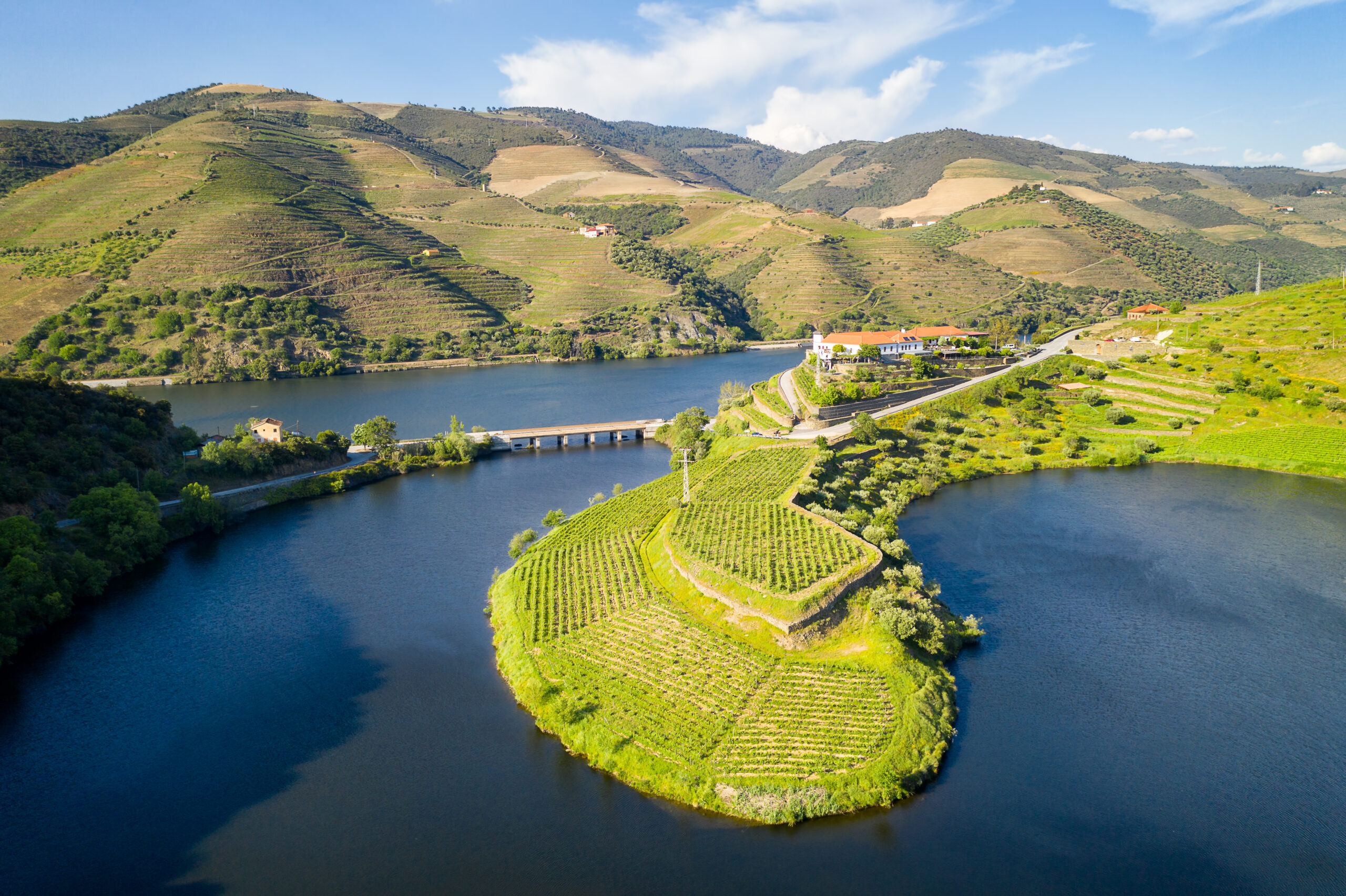
Port wine, with its deep flavors and centuries-old tradition, is a true testament to the rich heritage of Portugal’s Douro Valley. This fortified wine, produced from grapes grown in the Douro region, has captured the hearts of connoisseurs and wine enthusiasts around the world. Join us on a journey through time as we delve into the fascinating history of Port wine and discover the secrets behind its enduring allure.
Origins: The Birthplace of Port Wine
The story of Port wine begins in the rugged and picturesque Douro Valley of northern Portugal. This region, known for its steep terraced hillsides and unique microclimate, has been a hub of winemaking for centuries. The Romans recognized the potential of the Douro Valley and cultivated vineyards here as early as the 3rd century AD. However, it wasn’t until the late 17th century that Port wine as we know it today began to take shape.
Trade Wars and Fortification: A Recipe for Success
The development of Port wine was closely tied to the political and economic landscape of Europe. In the late 17th century, England and France were engaged in a series of trade wars that disrupted the flow of French wines to the English market. As a result, the English turned their attention to Portugal and the wines of the Douro Valley.
To ensure that the wines survived the long sea journey from Portugal to England, the English merchants began fortifying the wine with a neutral grape spirit known as aguardente. This fortification process not only preserved the wine but also added a distinct sweetness and higher alcohol content to the final product. Thus, Port wine was born.
The Marquis of Pombal and the Douro Demarcation
In the mid-18th century, the Marquis of Pombal, Portugal’s prime minister, took decisive action to protect the quality and reputation of Port wine. In 1756, he established the Douro Demarcation, a system of regulations that defined the boundaries of the Port wine-producing region and set standards for production.
Under the Douro Demarcation, only grapes grown within the designated region could be used to produce Port wine. This ensured that the wine’s unique characteristics were preserved and maintained. The demarcation also introduced strict quality control measures and established a system of labeling to differentiate between different styles and vintages of Port.
The Age of British Influence
During the 18th and 19th centuries, the British played a pivotal role in the development and promotion of Port wine. Many British merchants established themselves in Porto, the city at the mouth of the Douro River, to oversee the production and export of Port. These merchants, known as “shippers,” formed enduring partnerships with Portuguese winemakers and became instrumental in promoting Port wine to the world.
The British influence extended beyond commerce and into the traditions and culture surrounding Port wine. The English introduced the practice of aging Port in wooden barrels, which imparted unique flavors and aromas to the wine. They also popularized the serving of Port as a digestif after meals, often accompanied by a selection of cheeses.
Styles of Port: From Ruby to Tawny
Port wine comes in a variety of styles, each with its own distinct characteristics and aging process. Let’s explore some of the most popular styles:
Ruby Port
Ruby Port is the youngest and most vibrant style of Port. It is aged for a relatively short period in large oak vats, which preserves its fruity flavors and deep red color. Ruby Port is known for its intense berry notes, with hints of cherries, raspberries, and plums. It is typically full-bodied and slightly sweet, making it a delightful choice for those seeking a fruit-forward wine.
Tawny Port
Tawny Port undergoes a longer aging process in smaller oak barrels, resulting in a lighter and nuttier flavor profile. As Tawny Ports age, they develop a mellow amber color and complex flavors of nuts, caramel, and dried fruits such as figs and raisins. The extended barrel aging imparts a smooth texture and a delicate balance between sweetness and acidity.
Vintage Port
Considered the pinnacle of Port wine, Vintage Ports are produced from exceptional vintages and represent the finest expression of the Douro region. These Ports are bottled without extensive aging and continue to mature in the bottle over decades. Vintage Ports are known for their powerful tannins, concentrated fruit flavors, and remarkable aging potential. They offer a complex range of aromas, including dark berries, black currants, spices, and floral undertones.
White Port
White Port, made from white grape varieties, is a lesser-known style of Port. It ranges from dry to sweet and offers a refreshing alternative to its red counterparts. Dry White Ports display crisp acidity, citrus flavors, and a touch of nuttiness, making them a delightful aperitif. Sweet White Ports, on the other hand, offer luscious flavors of honey, apricot, and caramel, balancing sweetness with vibrant acidity.
Modern Era and Wine Tourism
In recent years, the Douro Valley has experienced a resurgence in popularity, thanks in part to the growing trend of wine tourism. Visitors from around the world flock to the region to explore its vineyards, taste the wines, and immerse themselves in the rich history and culture of Port production.
Wine tours in the Douro Valley offer a unique opportunity to witness firsthand the winemaking process and learn about the traditions that have shaped the region. From walking through terraced vineyards to visiting historic wineries, these tours provide an intimate glimpse into the world of Port wine.
Conclusion: A Toast to Tradition and Excellence
The history of Port wine is a testament to the rich cultural heritage and winemaking traditions of Portugal’s Douro Valley. From its origins as a fortified wine born out of trade wars to its international reputation today, Port wine continues to captivate the palates of wine lovers worldwide.
So, raise a glass of Port wine and toast to the centuries of craftsmanship and dedication that have gone into producing this remarkable elixir. And if you’re inspired to embark on your own wine adventure, consider booking a private tour across Portugal with Portugal Magik Tours, where you can explore the enchanting cities of Lisbon, Sintra, Porto, and the breathtaking Douro Valley. Cheers to the history and future of Port wine!
Book your Private Tour of Portugal with Portugal Magik Tours now!

















































